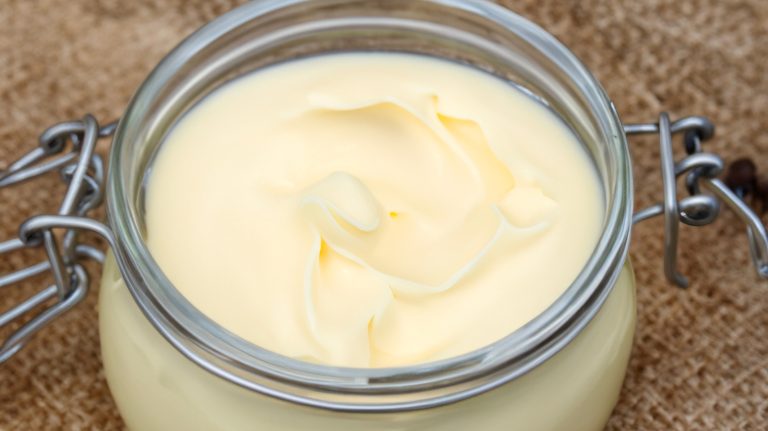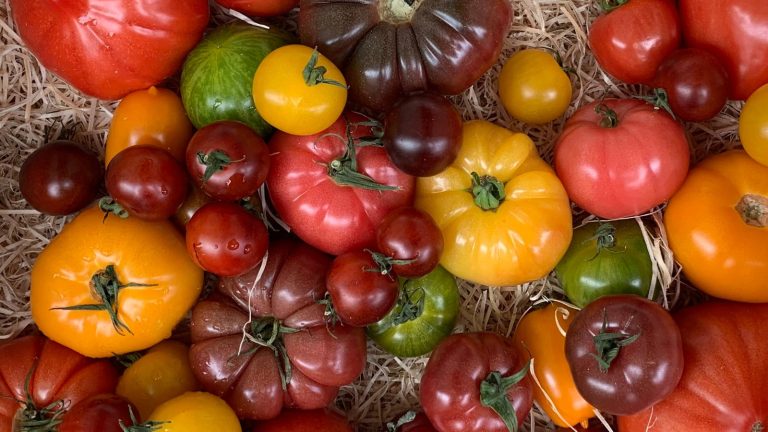Have you ever been distracted while cooking your dinner and returned to the grill only to find your supposed-to-be steak more beef jerky than tender filet? No worries, if there’s one experience that all chefs share, it’s overcooked meat with its shrunken appearance, tough texture, and a very distinct flavor that’s somehow simultaneously bland and bitter.
So what exactly happens when meat goes from perfectly cooked to overdone? It all comes down to chemistry. Meat is mostly made up of proteins, fat, and water. When heated, the proteins unravel and change shape — scientists call this “denaturing.” As the proteins change, they contract and squeeze out moisture. You can think of it like wringing out a sponge. When done right, this process creates amazing flavors through what’s called the Maillard reaction — that gorgeous browning that happens when proteins and sugars interact at temperatures above 140 degrees Fahrenheit. The results are hundreds of flavor compounds that give properly cooked meat its rich, savory taste.
But when heated for too high and too long, the proteins shrink even further until nearly all the moisture within them is gone, giving you the dry, rubbery texture. The Maillard reaction, which has so far been helpful, goes into overdrive, creating bitter compounds that ruin the flavor of the meat. Take both of these together, and you have a steak that’s supposed to be juicy and flavorful, reduced to the culinary equivalent of cardboard.
Overcooked meat can be rescued!
While it’s impossible to scoop all the moisture and fat that’s already escaped the meat and force it back in, you can definitely make it delicious again by adding back some missing liquid and flavor.
Say you’ve accidentally overcooked beef, pork, or chicken. You can try blitzing the charred result in a food processor with a dash of olive oil, which provides both fat and moisture. What you’ll end up with is a surprisingly rich-tasting filling that works beautifully in shortcut homemade ravioli, with the pasta adding extra moisture and further deepening the flavors. Another rescue option is making pork rillettes (you can substitute the pork with any meat you have on hand), a rustic French spread quite similar to paté. Just shred the meat finely, blend it with stock and fat until smooth, and you’ve got a delicious topping for crackers or sandwiches — we bet nobody could guess it started as overcooked meat when they get a taste.
For something like an overcooked slab of brisket that you can’t easily blend in a food processor, try embracing the dry texture! Shred it into thin strands and quickly deep fry them to create beef “bacon” — those crispy pieces develop an intensified flavor that’s irresistible on its own or as a crunchy topping. Try it in a beefed-up BLT pasta salad for a summer crowd-pleaser. The point is, it’s never too late for your meat, even when it seems cooked way past its prime!






